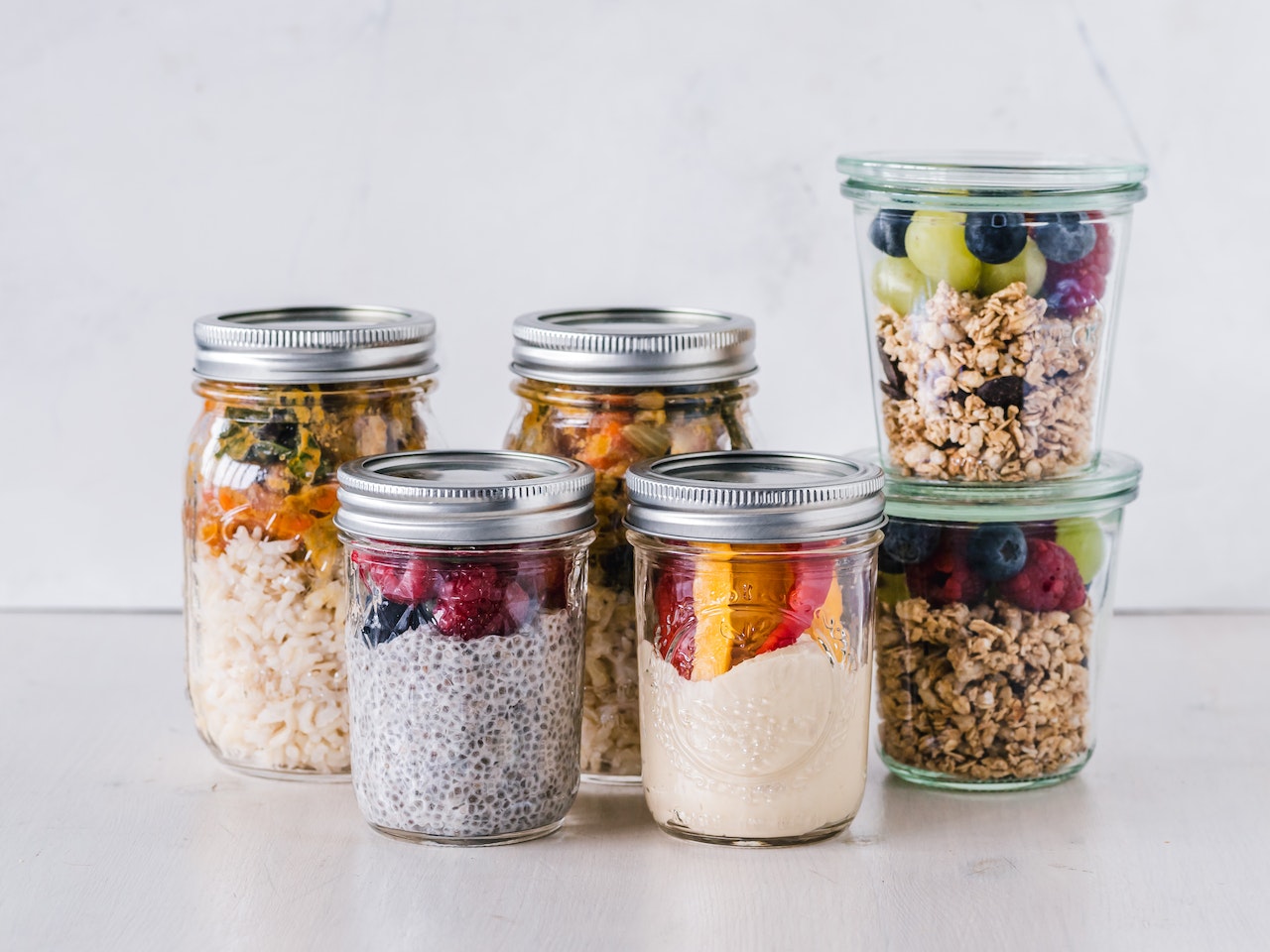Sixty percent of the world’s plastic output goes toward food packaging. That equates to 228 million metric tons (or around 40%) of the 380 million metric tons of plastics manufactured in 2015 being used for food packaging.
Nondegradable plastic packaging has negative consequences on both the environment and human health, hence there is an ongoing movement to severely cut plastic manufacturing, raise recycling rates, and push for new eco-friendly food packaging options.
This article gives you the lowdown on why eco-friendly products matter, and suggests five options you should check out.
The importance of environmentally friendly food packaging
Plastics in the oceans and landfills, micro- and nanoplastics, and food packaging poisons are all concerns.
NIAS is used to make several food containers. These chemicals may harm and disturb the endocrine system.
Green packaging is gaining popularity. Chemical-free, biodegradable, reusable food containers are produced from bioplastics and plant-based extracts like wheat, wood, and bamboo.
Despite containing pesticides and NIAS, eco-friendly packaging is safer for the environment and human health than plastic. Eco-friendly packaging allows less toxins into food and your body than plastics.
Although individuals will be exposed to food packaging chemicals, it’s important to minimize their leakage into food.
Possibilities for environmentally friendly food packaging
In an effort to reduce our environmental impact and improve human health, we provide five alternatives to traditional food packaging.
- Beakers and other storage containers made of glass

Glass is a versatile material with many practical applications. An ideal material for food packing on the go, it may be used several times before needing to be replaced, is recyclable, and can be cleaned quickly and easily. Water bottles and bento boxes are two examples of glass containers for food and drink.
When it comes to portable containers to bring with you to the office, school, or on a trip, glass lids aren’t the best option since they may leak.
This is why most of these portable glass food containers have bamboo lids that also double as portable cutting boards, or snap-locking plastic lids with a silicone seal.
Bisphenol-A (BPA) is an endocrine disruptor linked to male and female infertility and tumor growth.
These containers last three-and-a-half times as long as plastics and can be recycled, mitigating plastics’ environmental impact.
- Incontestably Steel
Food-grade stainless steel is resistant to corrosion, high heat, and abrasion. And it’s reusable.
Most leak-proof stainless steel bento lunch boxes have silicone seals with locking steel clips or bright, BPA-free, food-safe silicone covers.
When it comes to long-term storage of dry goods like flour, grains, and spices, glass jars with airtight stainless steel lids provide the best of both worlds.
- Bamboo
Bamboo has numerous ideal qualities for food packaging, including being biodegradable, robust, and heat-resistant.
Countertop glass jars with bamboo lids, plastic-free lunch boxes with bamboo lids, bamboo bread boxes, and bamboo serving bowls are all examples of food packaging made from bamboo.
Bear in mind that bamboo and other plant fiber containers for food are not as sturdy as those manufactured from glass or stainless steel and will wear out sooner.
- From rice husk
Rice husk is a cheap, renewable, and biodegradable byproduct of the rice production process.
According to one research, rice husk may act as a bio-adsorbent, meaning it can take in and neutralize toxins in its immediate surroundings.
This material is used to create products like airtight food storage containers and unbreakable bowls.
- Films made from gelatin
Because of their safety, affordability, and consistent film-forming ability, gelatin films are rapidly replacing other materials traditionally used for food packaging.
According to the Food and Drug Administration (FDA), gelatin is generally regarded as safe (GRAS) as a food ingredient.
Gelatin-encased antimicrobial cellulose prevents food poisoning from Staphylococcus aureus and E. coli. Activated gelatin films are better than traditional polymers.
Fillers for gelatin food packaging often include microcrystalline cellulose (MCC) and rosin-grafted cellulose nanocrystals (r-CNCs).
Where to buy eco-friendly packaging?
You can visit the McDonald Paper & Restaurant Supplies website (https://mcdonaldpaper.com/) and place an order for ecological packaging of any kind and quantity.
In addition to free shipping for New York Metro Area and nationwide shipping, you can also visit the huge showroom located in Brooklyn.
If you like this article about Food Packaging, please share this with your friends on Facebook, Twitter, and Pinterest. Also, you can subscribe to my blog to get all the latest articles first on your mobile.
SHARING IS CARING!
FACEBOOK | TWITTER | PINTEREST
Did you like this recipe and make it later at home? SAVE this pin to your favourite board on Pinterest!





